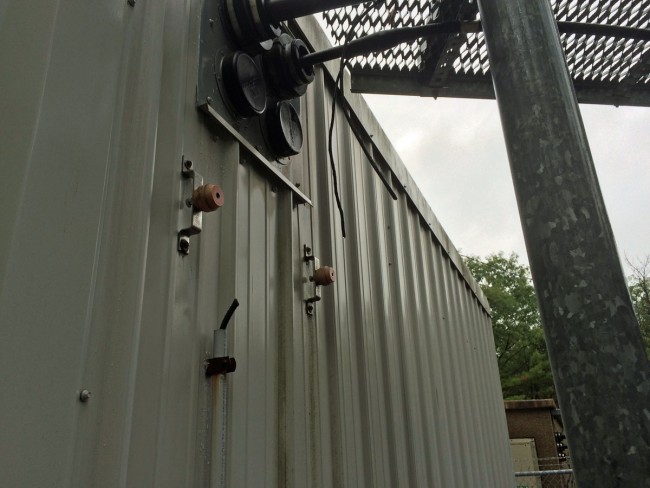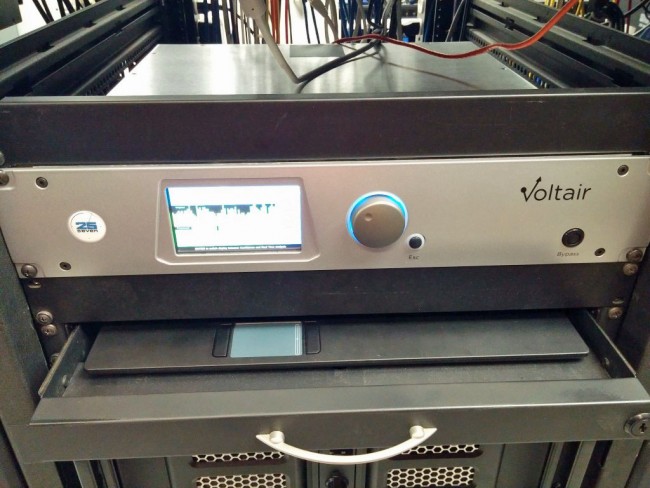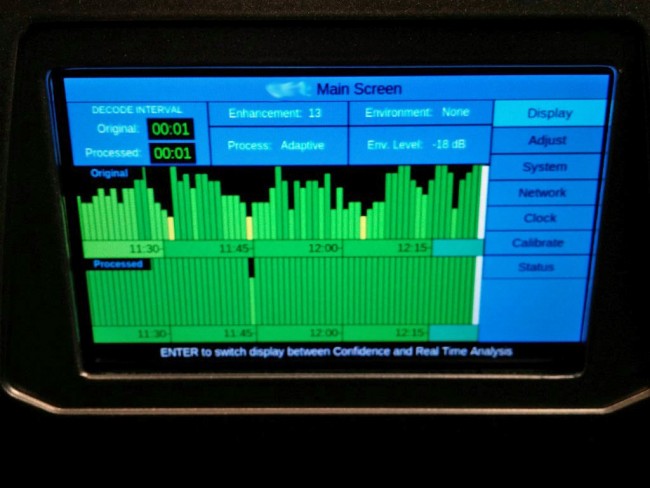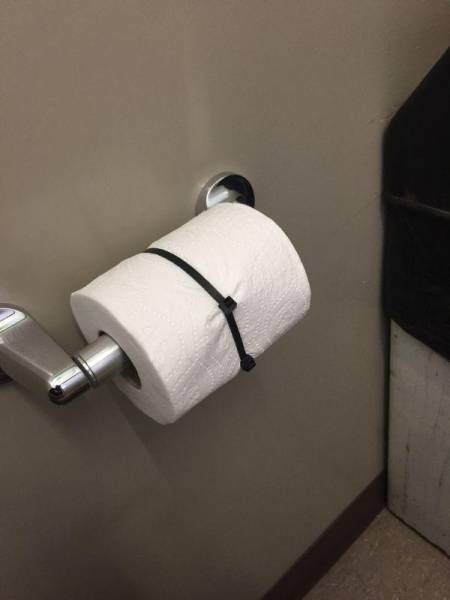On the subject of project management; oftentimes, we need to keep track of the small details that can derail a project, blow the budget, and upset schedules. A quick checklist can help to identify things that might not have been planned for. I developed a checklist mentality in the military. There, we had checklists for everything. Simple day-to-day things like disposing of garbage over the side, or pumping the CHT (sewage) tank to complex evolutions like entering or leaving port all had a checklist. On the aforementioned CHT tank; the Coast Guard cutter I was on had a vacuum flush system to conserve water. Emptying the CHT tank involved a complex set of valve openings and closings to route compressed air into the vacuum tank and literally blow the sewage overboard. Anyone can see the danger in such a design. Failure to follow the exact procedure resulted in raw sewage blowing out of the nearest toilets, which were unfortunately (or perhaps humorously) in the lower-level officer’s staterooms.
But I digress.
I have made a series of outlines for different project types. These can be used as general guidelines for project planning and management. Of course, each project is different, but these are flexible enough that they can be adapted on a project-by-project basis.
- Transmitter installation outline (.docx)
- Studio installation outline (.docx)
- Automation system installation outline (.docx)
These are for general use and should be adapted for your own purposes. Don’t forget to document and label all the wire runs, etc.
Also, do not forget the transmitter site maintenance checklists: FM transmitter site maintenance list, AM transmitter site maintenance list. I have used these reliably at many different sites since I committed them to writing in late 1999.




